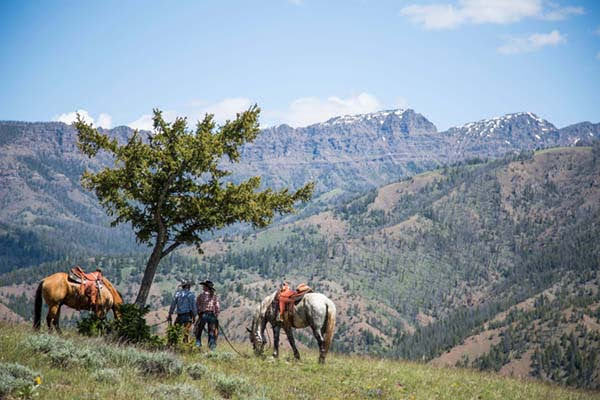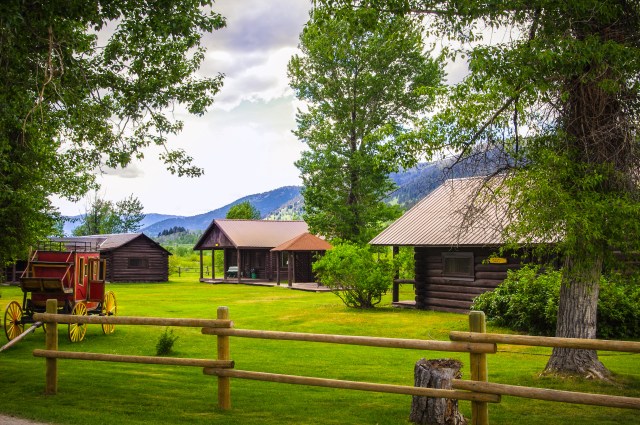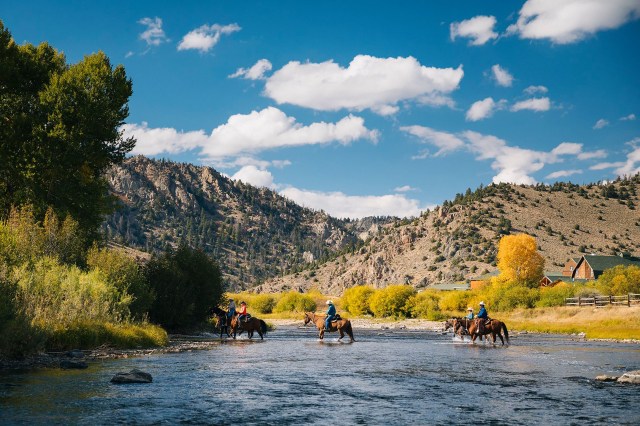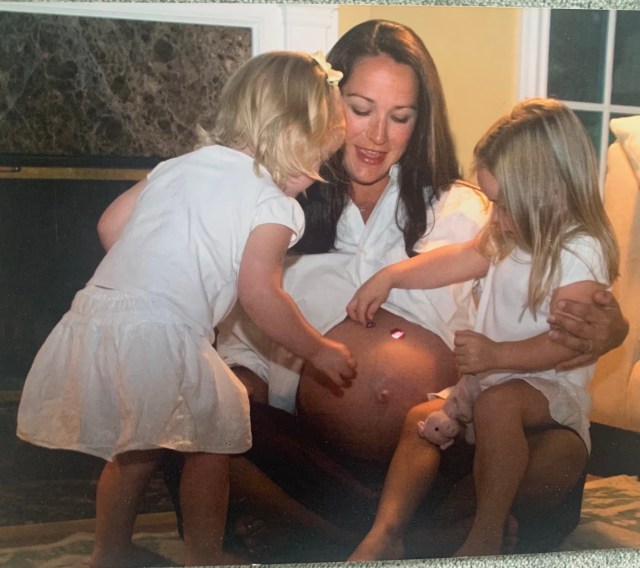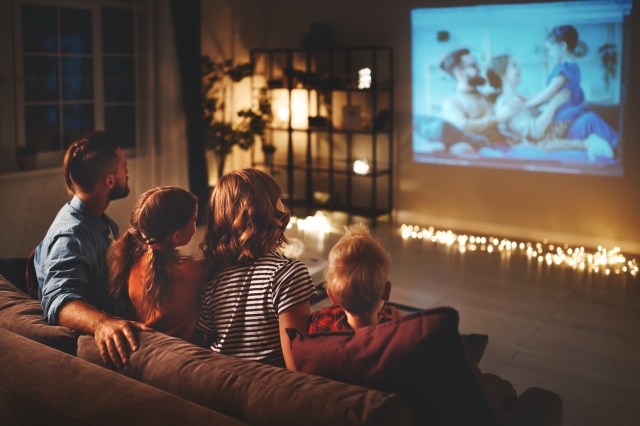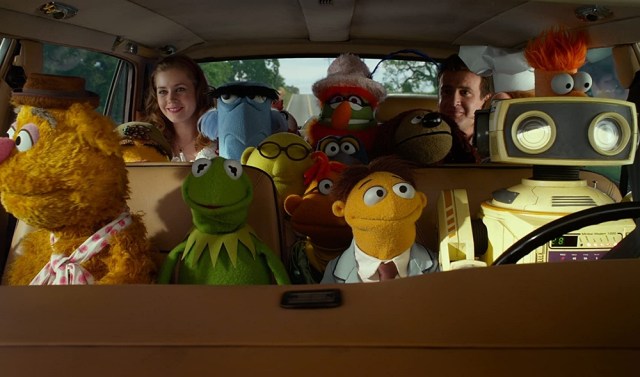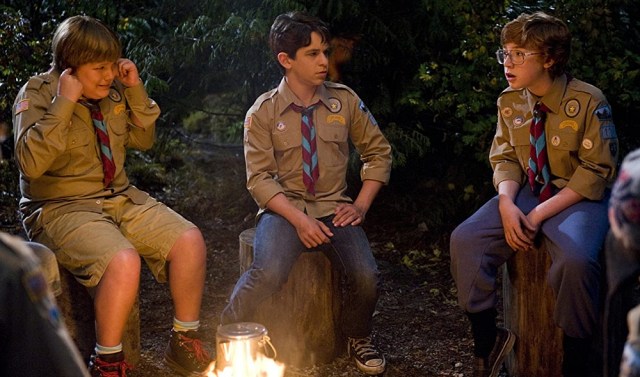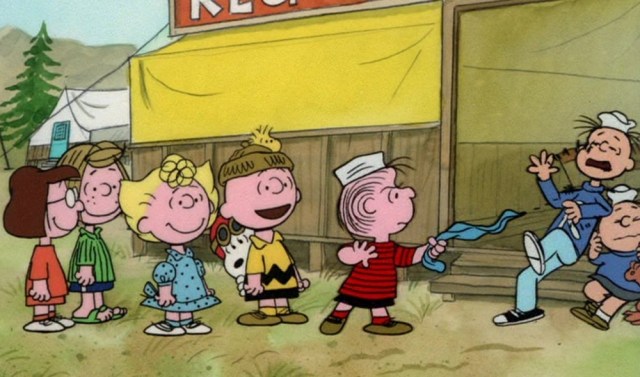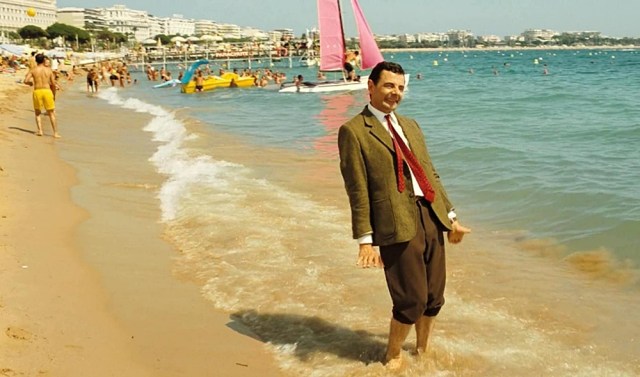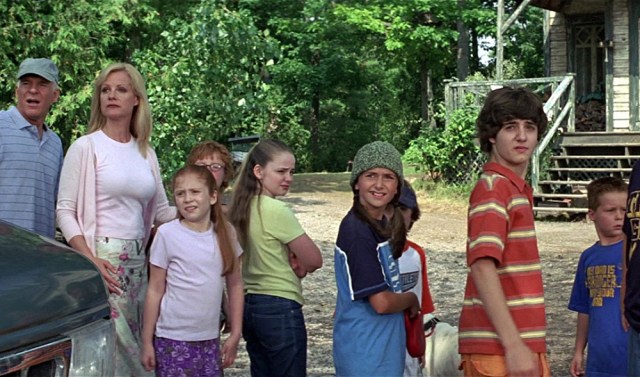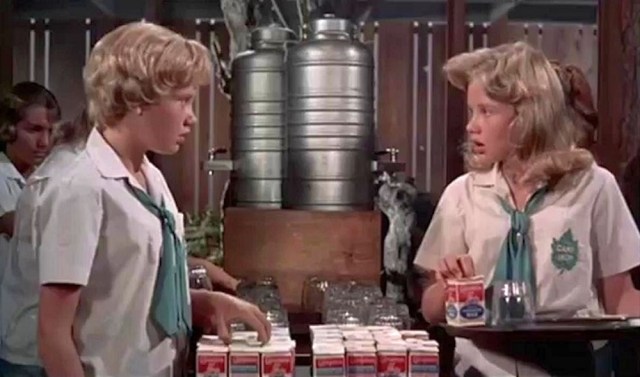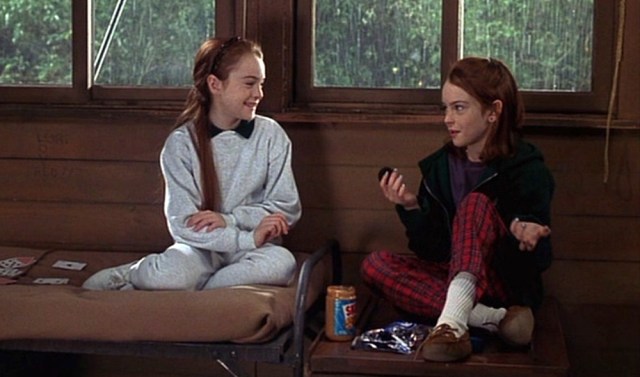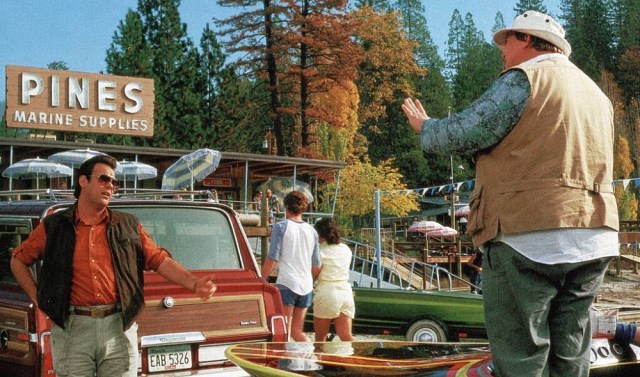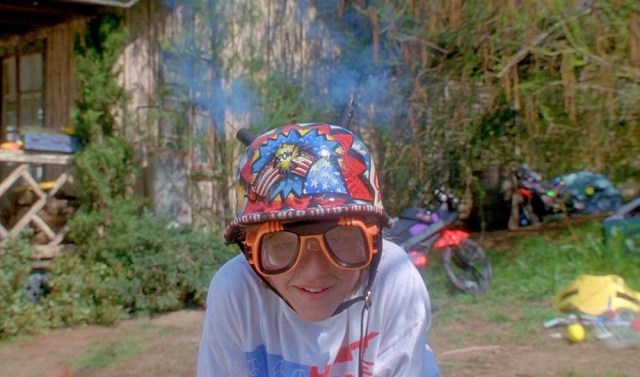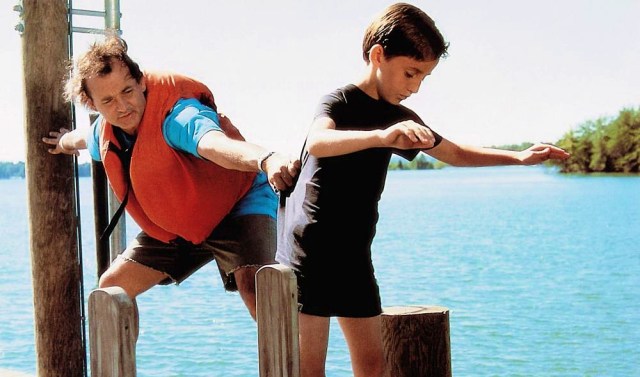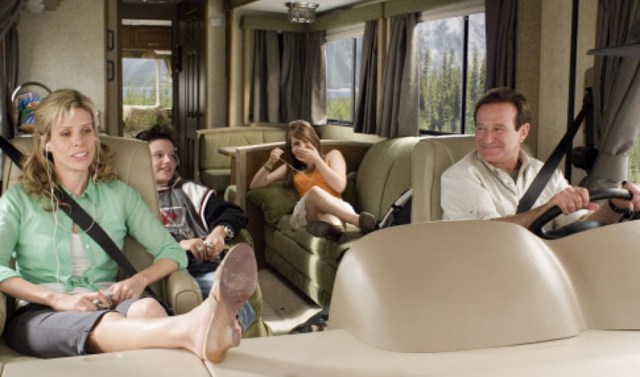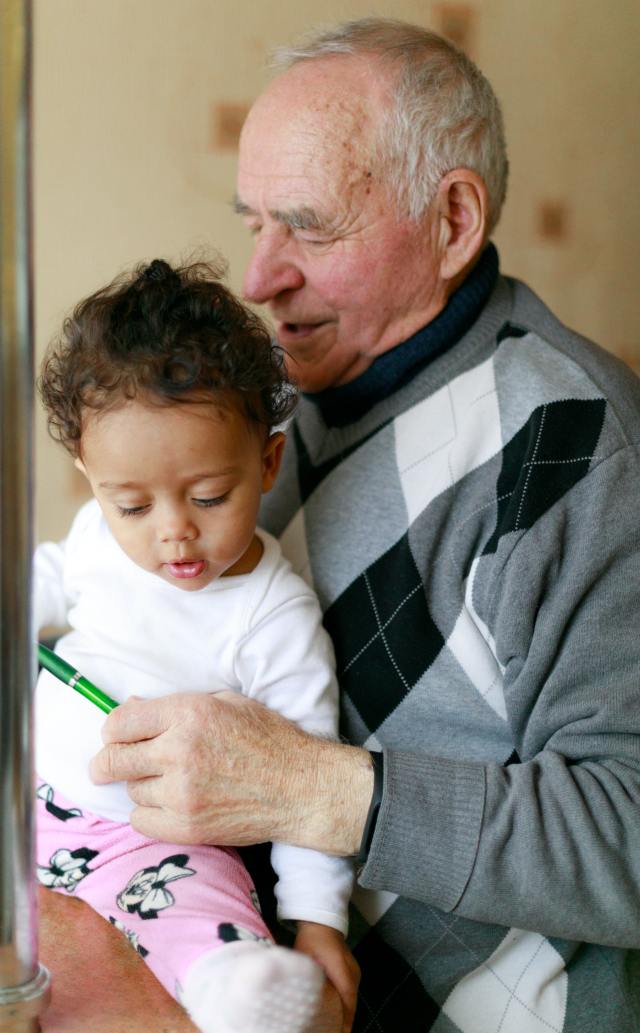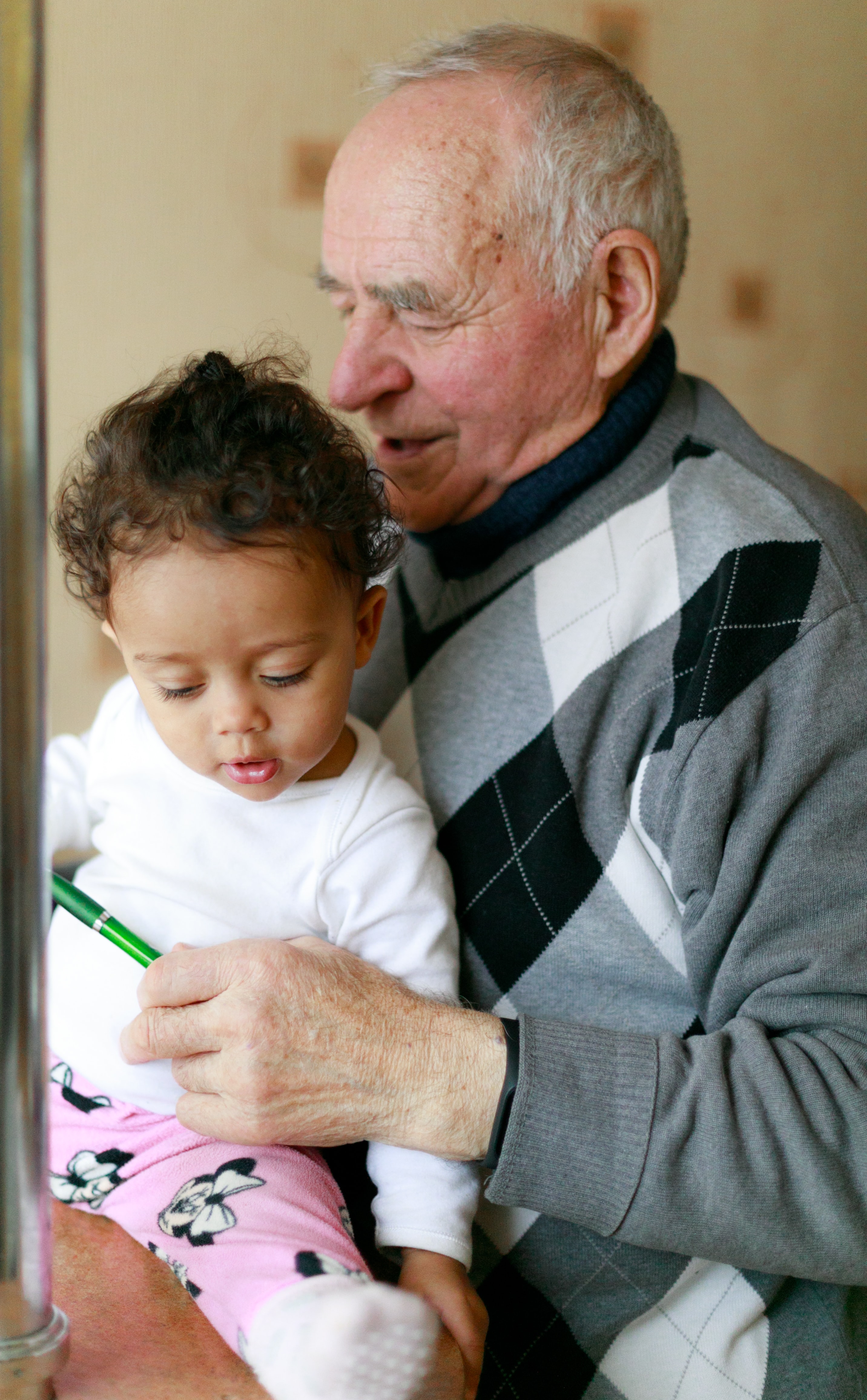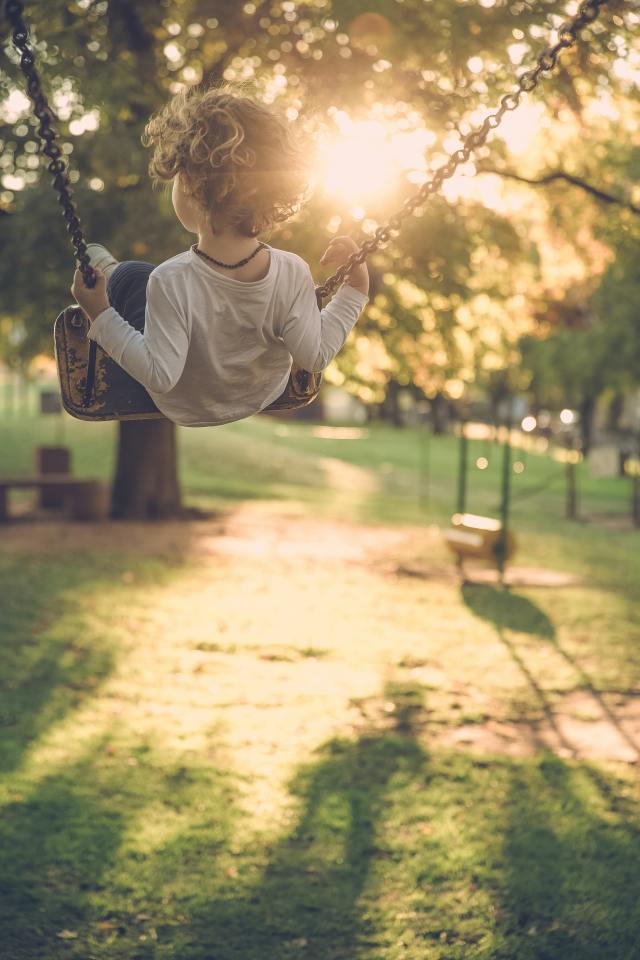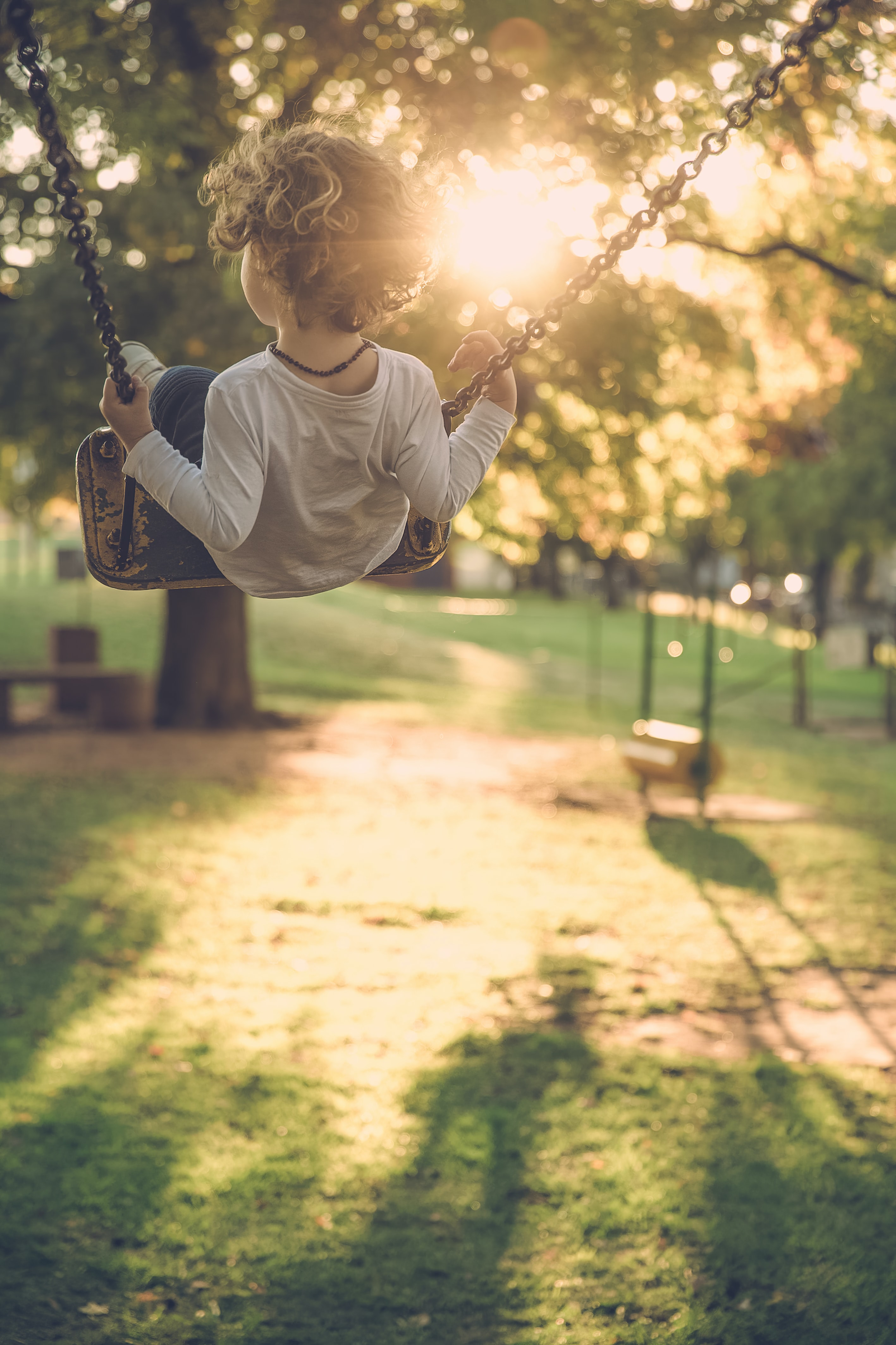Christmas decorating spikes dopamine, which makes you feel good
The tree. The tinsel. The teeny tiny blinking lights that adorn your windows. Christmas decor is an annual reminder of the joy and excitement that jolly ol’ St. Nick brings.
Even though Halloween is still more than one month away, you’ve already got Christmas on the brain. If you find yourself sketching a green and red lighting design or dragging the plastic Santa’s out of storage, don’t worry—some experts say early decorating can actually make you happier.
“It does create that neurological shift that can produce happiness,” Psychologist Deborah Serani tells TODAY. “I think anything that takes us out of our normal habituation, the normal day in, day out … signals our senses, and then our senses measure if it’s pleasing or not.”
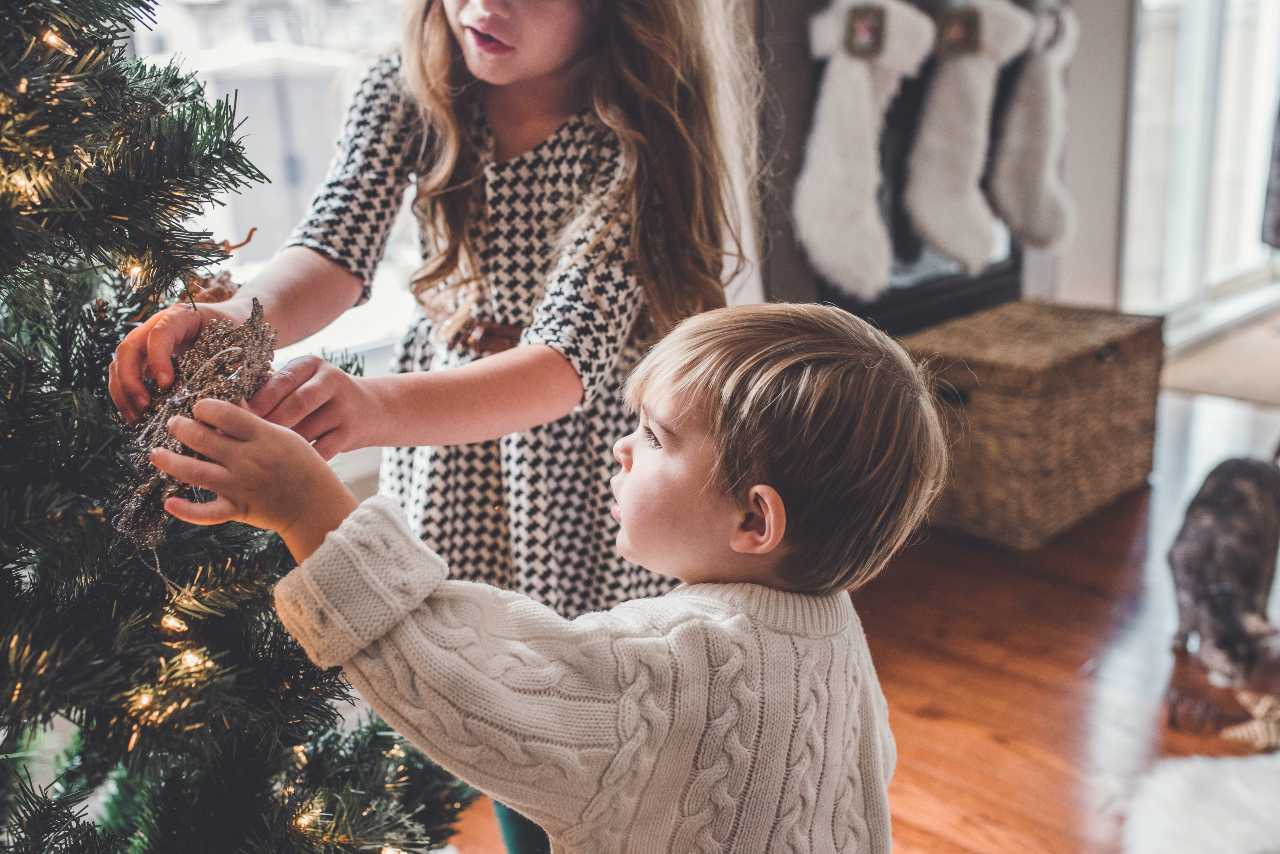
Thank you, dopamine, a feel-good hormone that’s increased as you hang the colorful lights and sip hot cocoa. But it’s not just the sights and sounds, it’s the good memories that bring an extra level of happiness.
“Decorations are simply an anchor or pathway to those old childhood magical emotions of excitement,” Psychoanalyst Steve McKeown told British website Unilad. “So putting up those Christmas decorations early extend the excitement!”
Amy Morin, a psychotherapist and author, echoed this sentiment to Unilad. “The holiday season stirs up a sense of nostalgia. Nostalgia helps link people to their personal past and it helps people understand their identity. For many putting up Christmas decorations early is a way for them to reconnect with their childhoods.”

But do we decorate for more than just our own internal motivations? Or perhaps do we slap up the Santas and reindeer to get approval from others?
The Journal of Environmental Psychology looked into how people “may use holiday decorations on their home’s exterior to communicate friendliness and cohesiveness with neighbors.” Participants in a study responded to photos of decorated versus non-decorated homes and whether or not they had the appearance of a home with friendly residents.
Overall, researchers reported that respondents ranked decorated homes as having inhabitants that are more sociable and cohesive with the community, while homes without decor were thought of as nonsociable.
Regardless of your motivations, its definitely a fact that decorating puts you in a happy mood. So why not drag out that fake Christmas tree for a few extra months of joy?










